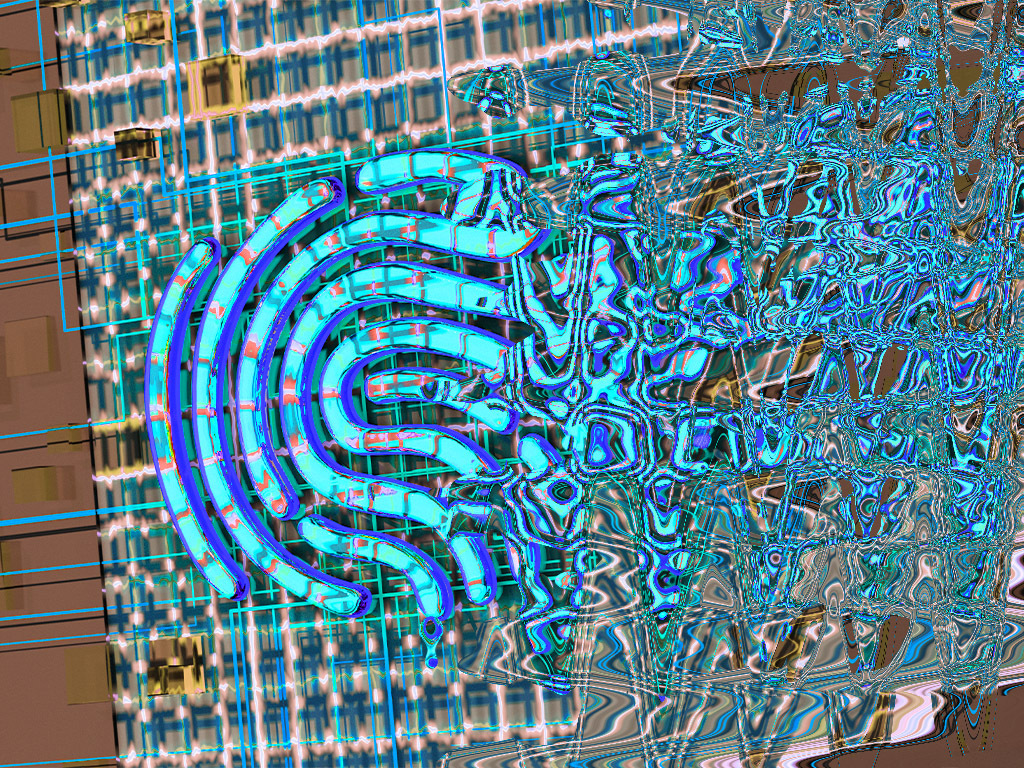Bitcoin Hashrate: In the midst of a bear market that has wrecked risk assets writ large, including Bitcoin, the world’s largest digital asset’s hashrate has soared to reach a new all-time high as of this week. What gives?
First, a quick primer on hashrate. In short, it refers to the amount of computing power used to mine and process transactions on Proof-of-Work blockchains such as Bitcoin. Computing power forms the underlying basis upon which blocks of valid transactions can be added to the blockchain.
What then is hashing? In simple terms, hashing can be thought of as the process of guessing the answer to a complex cryptographic problem –and you’re literally doing this millions of times per second. Hashrate, in crude terms, can therefore be conceived as the amount of ‘guesses’ required to add a block of validated transactions to the Bitcoin blockchain. So what?
TLDR
TL;DR: hashrate is a proxy for the overall strength and robustness of a blockchain network. The more computing power dedicated by honest miners to discovering the next block, the harder it becomes for bad actors to disrupt the network such as a 51% attack.
Simultaneously, all things being equal, as the hashrate of the network increases so does the ‘mining difficulty’ – the ease or difficulty through which miners can solve the cryptographic problem outlined above. When Bitcoin mining was officially banned in China – though it continues unofficially today – hashrate collapsed by more than 50% and in the process, mining became a whole lot more profitable. However since then, Bitcoin’s hashrate recovered, and then some.
Bitcoin hashrate is represented in hashes per second or H/s – the higher the hashrate, the more secure the network is.
What’s cooking with Bitcoin hashrate?
It’s worth noting upfront that Bitcoin’s price has nothing to do with hashrate. Some Bitcoin permabulls argue that increases in hashrate precedes increases in price but most of the time, the two are seemingly unrelated.
Bitcoin’s mining difficulty is programmatically designed to adjust every two weeks or so, depending on the hashrate. Of late, Bitcoin’s mining difficulty has been on the rise in conjunction with its hashrate. This points towards more miners entering the fray and the industry becoming more competitive. But why?
One of the most convincing arguments is that mining equipment costs have come off significantly from last year. Aside from the fact that there are relatively few manufacturers who can produce the hardware (known as ASICs), supply chain bottlenecks over the past couple years have put a lot of upward pressure on ASIC component prices. This pushed the marginal miner out of the market, until now. In addition, you also have the dynamic of more efficient and powerful ASICs being produced.
Ethereum miners
Others have speculated that some former Ethereum miners have migrated to Bitcoin mining after Ethereum shifted to Proof-of-Stake. However at this stage, there is limited data supporting this view. Another view is that jurisdictions around the world are becoming increasingly friendly towards mining, leading more to embrace it within its borders – this is particularly so when there is a growing symbiosis between energy grids and Bitcoin mining.
Others yet have argued that despite China banning Bitcoin mining in 2021, many locals have since switched their mining rigs on, in stealth. At least this is what the Cambridge Centre for Alternative Finance argues, suggesting that over 20% of current hashrate is attributable to China.
Whatever the reason, the data is in – Bitcoin is more secure now at US$20,000 than it was at US$69,000. Perhaps this could tempt sceptics to have a glance at what’s going on under the hood.





